Earlier this year I vowed to read more than just newspapers and magazines. We subscribe to print editions of about half a dozen magazines along with the Wall Street Journal and Sunday New York Times. It’s our way of supporting journalism but there is something wonderful about turning the pages of a bound book.
This summer, I’ve been stealing time to read Rachel Khong’s debut novel, Goodbye, Vitamin. The book description does not fully reflect what the book is about – a young woman trying to repair many things in her life while trying to care for her father who has been diagnosed with Alzheimer’s. Sound like a downer? It’s a funny book that’s achingly beautiful in terms of how it’s been written, structured, and researched. The book mostly takes place in a Southern California suburb so if you’re familiar with that scene, you’ll really connect with the atmosphere that Rachel creates in the book.
I know a little about Alzheimer’s, having edited Unforgettable, the culinary biography about Paula Wolfert who is dealing with dementia. I’ve written a VWK post about brain-healthy food, too. What Rachel has done in Goodbye, Vitamin is weave the research and brainy food into an engrossing, poignant story. I’m nearing the end of the book and I’m reluctant to finish it. That would mean I’d no longer have the joy of reading her prose.
When I’m not fully in the mood for fiction, I’m switching to read about southern food history in The Potlikker Papers by John T. Edge, an acclaimed writer and director of the Southern Foodways Alliance, an organization that I’m a member of. Nonfiction like this may seem boring or academic but John T’s take is wry and compelling. He doesn’t sugar-coat things and presents a view of Southern culture that includes warts and all.
The proliferation of KFC all over the country stems from Louisville, Kentucky. John T’s description of “Colonel” Harland Sanders is priceless. He slides in Sanders’s egg recipe, too:
“The only way I like eggs is to take two of ‘em, break ‘em in a dish, and then take half an eggshell of cold water and add it to the eggs. Then beat it up with ‘em. No milk ner cream -- and your eggs will be tender, fluffy, tasty . . . Never tasted eggs like that in my life.”
I tried the half eggshell of water and it was alright! That’s just one of many takeaways that I’ve gotten from The Potlikker Papers. Below is the chapter on how hippies from San Francisco came to settle in the South and spread the region’s culture throughout the country. It's fascinating.
Anyone interested in knowing why Americans eat and cook the we way we do today ought to read this book. The story is much more complex than recipes. Race, politics, and economics figure into the flavors that we savor.
For recipes, story, and cultural depth, I’m spending time perusing Bangkok by Leela Punyaratabandhu. Her first book was Simple Thai Food, which I cooked from earlier. This new book is an homage to her hometown.
Leela paints a rich portrait of the city from the perspective of a native. It’s intimate and food driven. In between the recipes are stories about places (Lumphini Park is a local favorite spot for fried chicken; cook shops are where Thai and Chinese cultures blend) and background info on Thai cooking and culture (boat noodles were sold from floating vendors in the city’s canals). Bangkok is a sprawling metropolis but through Leela’s eyes, it seems like a charming town full of wonderful flavors to explore.
I’m looking forward to trying many of recipes in Bangkok. The fried rice with dried olives (above) will help me figure out what to do with the can of Thai olives that have been in my cupboard for years!A caramel-braised eggs with pork belly (khai phalo) is reminiscent of Vietnamese pork with caramel sauce and coconut juice. There’s also a recipe for kanom krok (coconut rice pudding cakes), which are only good if they’re made fresh. I was in Bangkok in the early 1990s and after going through Leela’s book, I hope to return sooner than later.
I’ve eaten at South Indian restaurants but do not know much about its range of cooking. Chitra Agrawal’s Vibrant India offers plenty of guidance on southern Indian vegetarian dishes. Coconut and curry leaves figure into many of the recipes, many of which are her modern Brooklyn tweaks on traditional favorites. Some recipes, such as the one for dosas, take some time. But there are fun recipes like the chilled watermelon juice with salt, lime, chile, and mint. An Indian agua fresca with zip.
Chitra’s recipe headnotes (the introductions) offer lots of teaching points to give you background information. I learned about saagu, a popular vegetable curry laced punctuated by cinnamon, cloves, and coriander and punched up with fresh cilantro. Beautiful drawings dot Vibrant India to give it a sense of place.
I’m a language nut so her explanations of what a dish’s name means are super valuable. Ditto for her mentioning how tempering spices may be called vagarne, oggarane, chaunk, tadka, or baghaar. I only knew it as tadka. India is incredibly diverse and Chitra respects that and works to showcase the range of the country’s cuisine. Here's a terrific green bean recipe I tried from the book.
I thought I had plenty to read and cook with but yesterday, I received an advance copy of Michelle Tam’s Ready or Not! I just made the cracklin’ chicken from her calendar that supports the book. The book is a generous how-to manual on home cooking, healthy family lifestyles, and Paleo cooking.
Because Michelle and Henry are both Chinese, there are some really interesting Paleo takes on Chinese dishes and other popular Asian foods. Paper-wrapped chicken, mok mok chicken wings (a take on Pok Pok’s chicken wings), and salt and pepper fried pork chops are among the 150 recipes in the book.
There are crazy-sounding dishes like red pesto coodles that use spiralizer-cut cucumber noodles and the trendy cauliflower rice. But there are also very interesting condiment recipes, such as the one for a Paleo-friendly X.O. sauce. As I wrote in the cracklin’ chicken recipe post, you don’t have to be Paleo to appreciate Michelle’s flavors.
Ready or Not! is a great book for people who like a lot of cooking instructions: there are step-by-step photos with hilarious cartoon bubble commentary to move you along. Michelle’s approach to cooking is dynamic. She engages herself and her family with all their collective might to get families to eat and live well.
Have you read any of these books or cooked from them? Share your experiences! And, what's on your summer reading list???













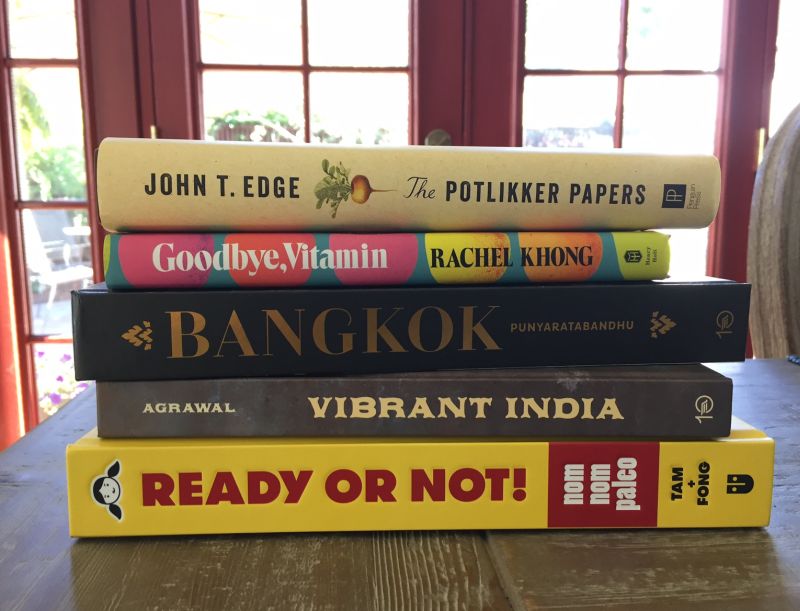
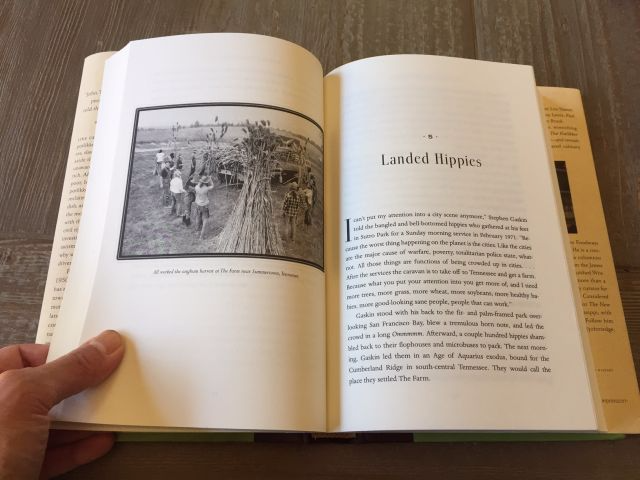
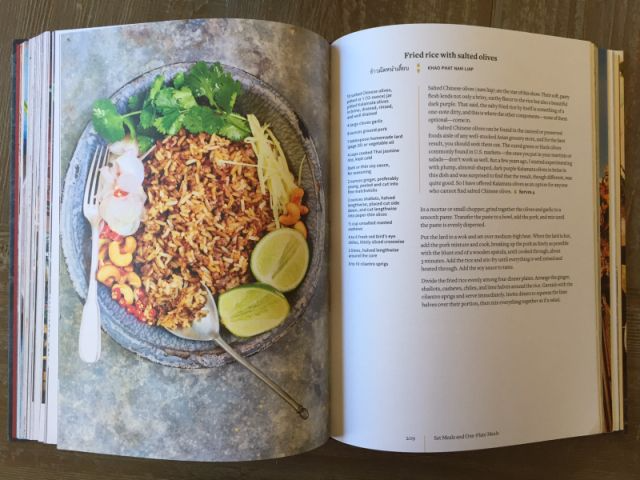
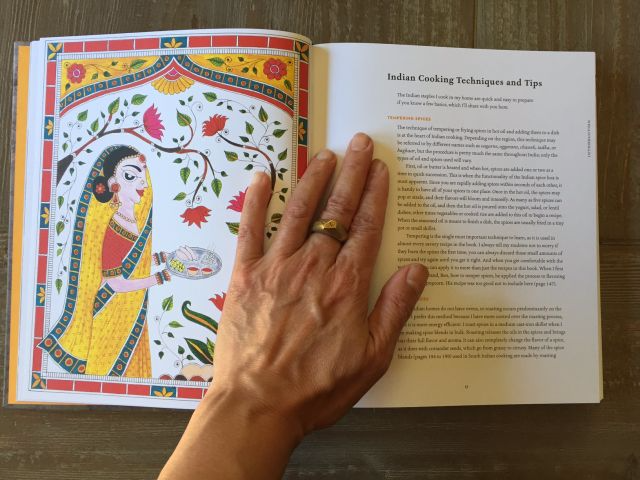
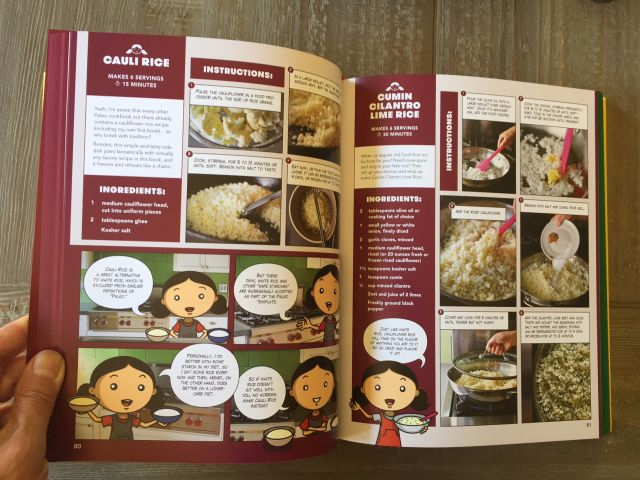
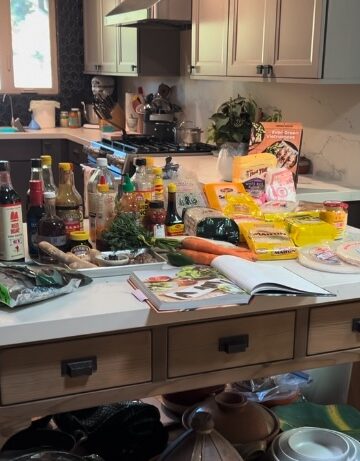



Randy Simpson says
Actually three of your five picks ars on my reading list, too. I'll have to buy the other two. Hopefully they are available as ebooks. I love holding a paper book, but I'm trying to downsize from a two-bedroom apartment, so unless it's very special book I won't buy if it's not an ebook.
I share your desire to read more books and less magazines and newspapers. I've got the magazine subscriptions down to just two, but subscribing to the digital editions of the San Francisco Chronicle, New York Times and the UK's Guardian often overwhelms me. And then there are the blogs, podcasts and YouTube channels.
BTW, if you haven't already, I highly recommend listening to the Serious Eats Special Sauce with Ed Levene podcasts where John T. Edge is the guest.
Part 1 (where he talks about his Southern upbringing):
http://www.seriouseats.com/2017/06/special-sauce-john-t-edge-part-1.html
Part 2 (where he talks specifically about The Potlikker Papers):
http://www.seriouseats.com/2017/06/special-sauce-john-t-edge-part-2.html
Each part lasts about half an hour.
Warning: if you listen to them, your inner voice is going to have a deep southern accent as you read The Potlikker Papers.
Andrea Nguyen says
Randy,
I totally understand your desire to downsize and simplify. I gave away a bunch of books and was so proud of myself. But a few weeks later, I got more. My shelves nearly groan with books.
One of the things about having mobile devices is that I check into the NYT and WSJ sites on the latest news. So along with reading the physical paper, I'm strangely addicted to the digital versions too. But I do want to read more books because they transport you to another place.
Ah, I know John T so I can hear his voice already! Thanks for the Serious Eats links, Randy.